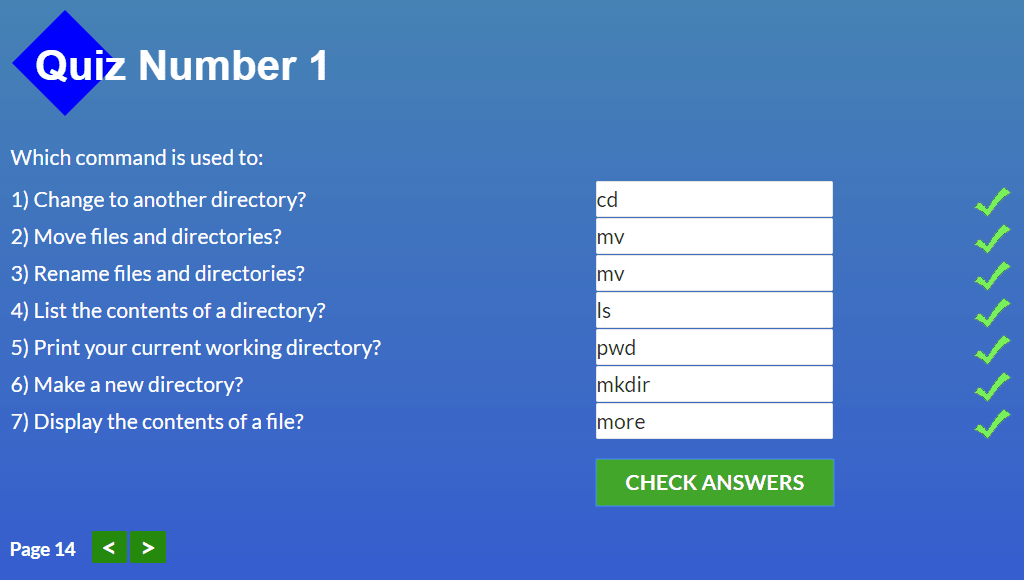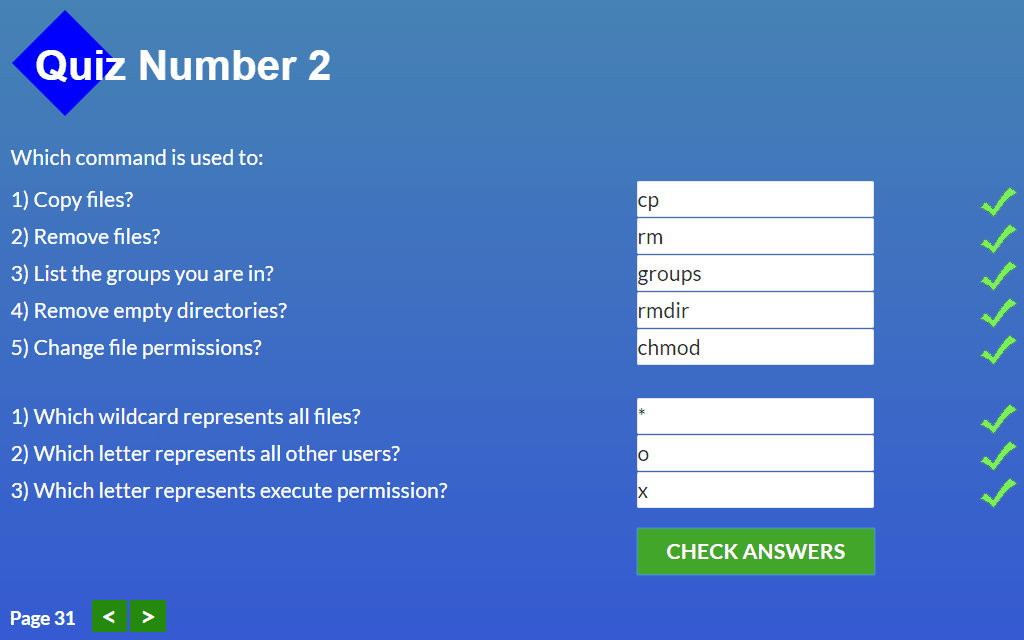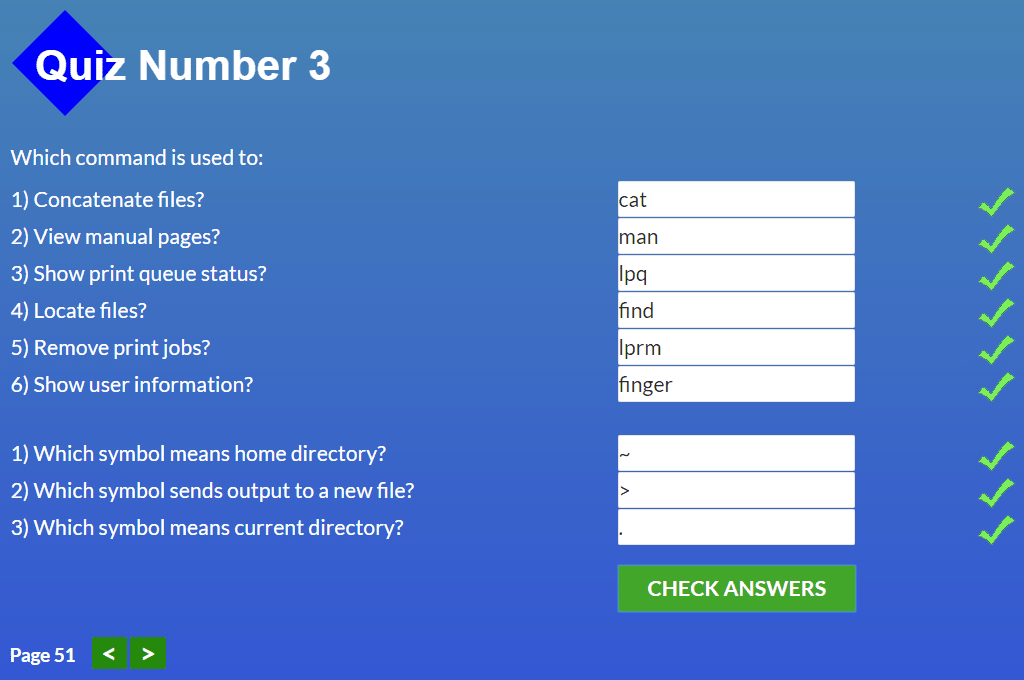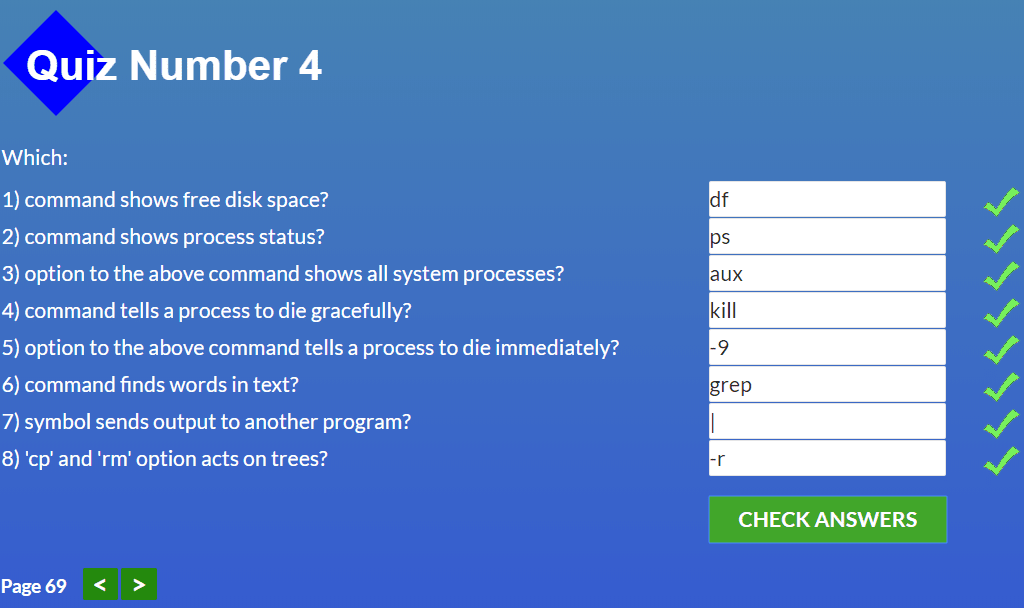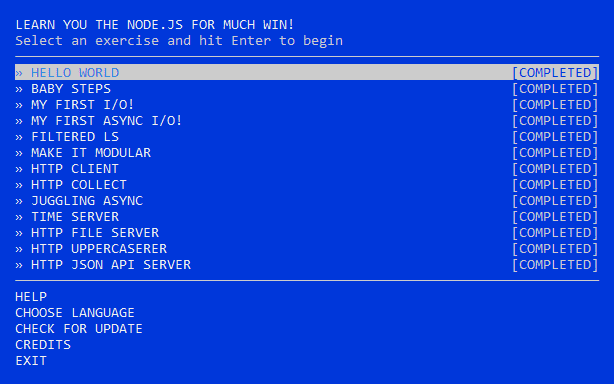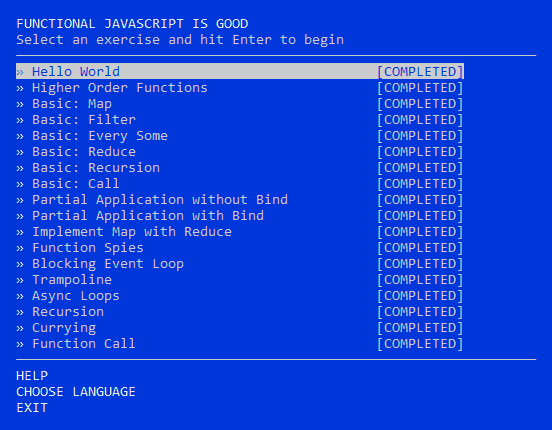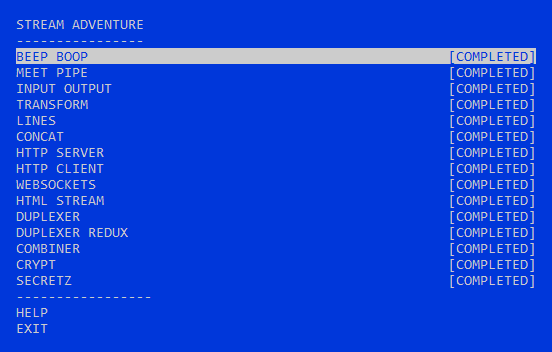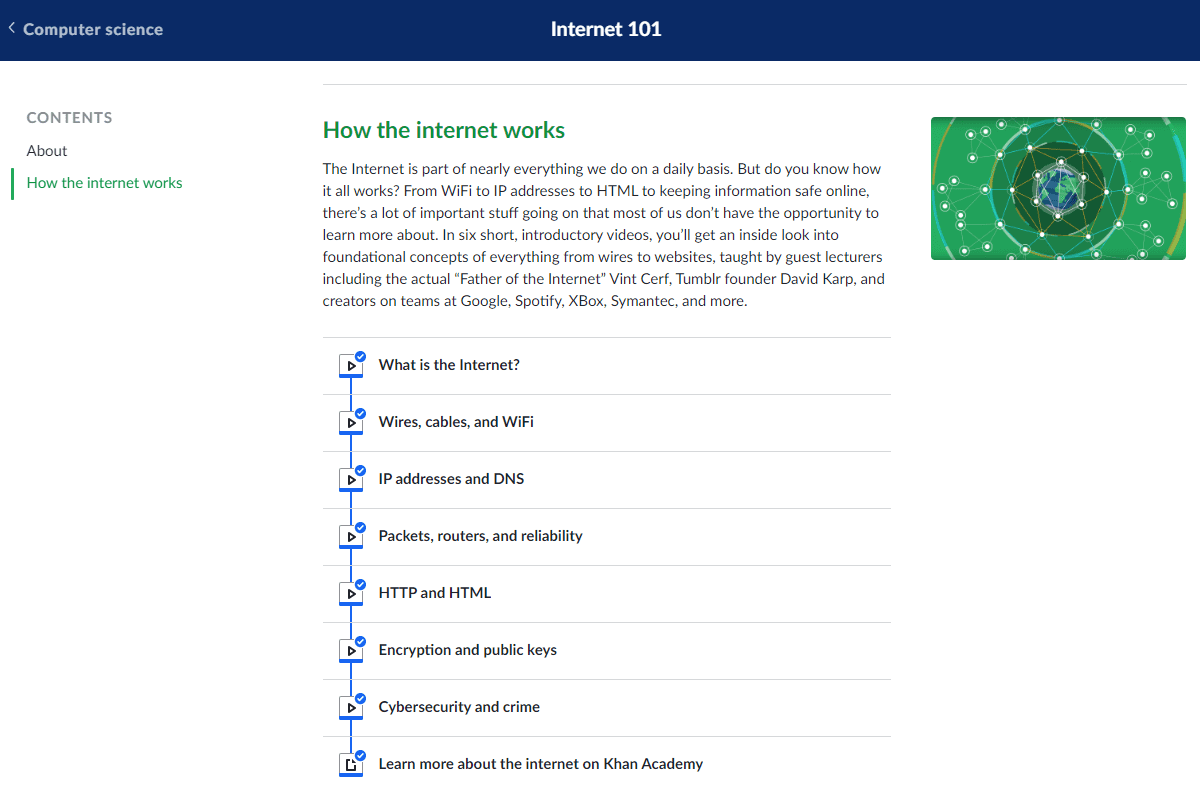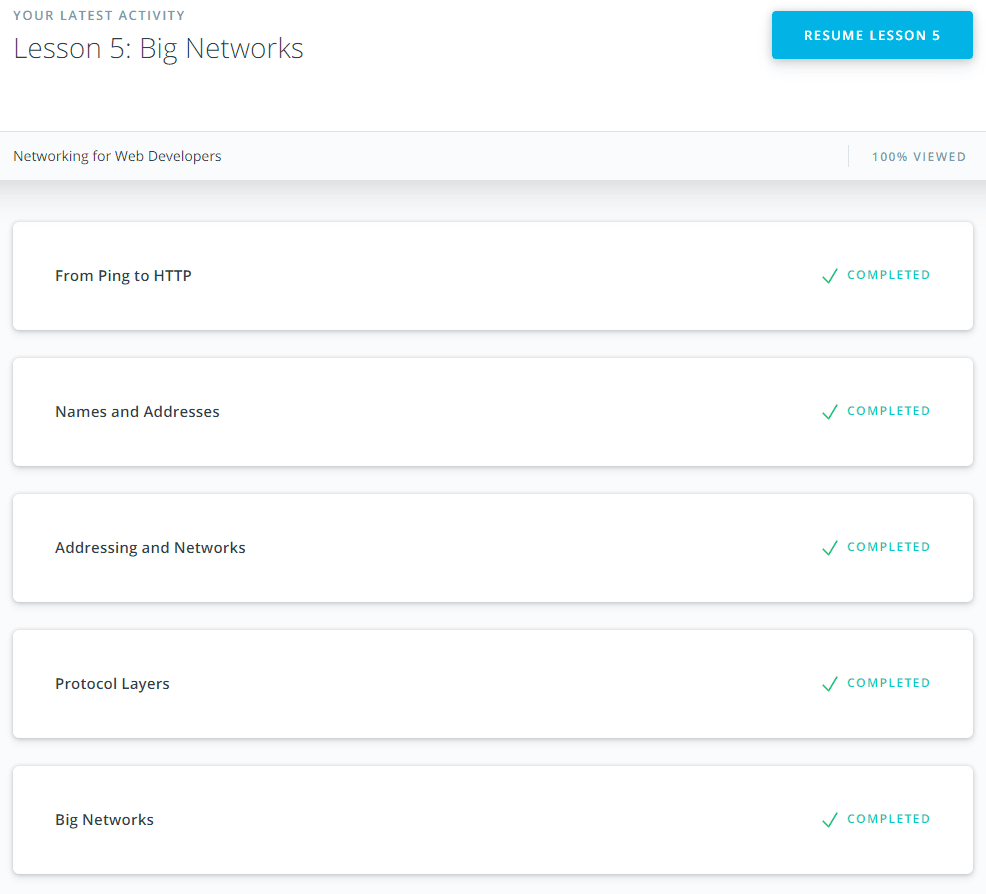name (at least) one thing that was new to you:
- Working with git in console
- Staging Index
git show
name (at least) one thing that surprised you:
git config --global core.editor "code --wait"
name (at least) one thing you intend to use in the future:
git log --onelinegit log --statgit log --oneline --all --graph
Working with git in console is powerful. I liked git log --oneline --all --graph and git log --stat commands, but resolving conflicts in GUI much more convenient for me.
name (at least) one thing that was new to you:
lprlpqlprm
name (at least) one thing that surprised you:
fingeris not default(pre installed) package in Debian
name (at least) one thing you intend to use in the future (also used them before):
cpmoregrep
name (at least) one thing that was new to you:
git shortloggit log --author=""
name (at least) one thing that surprised you:
git log --grep=""
name (at least) one thing you intend to use in the future:
git log --grep=""
name (at least) one thing that was new to you:
- trampoline function implementation
- The last task of "functional javascript workshop"
- Work with crypto, tar and zlib in NodeJS
name (at least) one thing that surprised you:
- The last task of "functional javascript workshop" surprised of using
callonFunction.prototypeand I found a new way of IIFE implementation.
name (at least) one thing you intend to use in the future:
- I think crypto module
What's going to happen if program reaches maximum limit of stack ?
- We will get a stack overflow and the program will receive a Segmentation Fault.
What's going to happen if program requests a big (more then 128KB) memory allocation on heap ?
- Anonymous memory mapping will be created (it will be created in MMS, not in heap) this allocation will not correspond to any files and program can use it instead of heap.
What's the difference between Text and Data memory segments ?
- Text Segment maps the part of the program's binary image that contains program code and string literals. This segment is read only writes to this area earn program a Segmentation Fault.
- Data Segment maps the part of the program's binary image that contains the initial static values given in source code. This segment is a private memory mapping, which means that updates to memory are not reflected to binary file and program able to change variable values w/o errors.
$ cat /proc/self/maps
7f06fe260000-7f06fe3f5000 r-xp 00000000 00:00 273595 /lib/x86_64-linux-gnu/libc-2.24.so
7f06fe3f5000-7f06fe3fd000 ---p 00195000 00:00 273595 /lib/x86_64-linux-gnu/libc-2.24.so
7f06fe3fd000-7f06fe5f5000 ---p 0000019d 00:00 273595 /lib/x86_64-linux-gnu/libc-2.24.so
7f06fe5f5000-7f06fe5f9000 r--p 00195000 00:00 273595 /lib/x86_64-linux-gnu/libc-2.24.so
7f06fe5f9000-7f06fe5fb000 rw-p 00199000 00:00 273595 /lib/x86_64-linux-gnu/libc-2.24.so
7f06fe5fb000-7f06fe5ff000 rw-p 00000000 00:00 0
7f06fe600000-7f06fe622000 r-xp 00000000 00:00 273573 /lib/x86_64-linux-gnu/ld-2.24.so
7f06fe622000-7f06fe623000 r-xp 00022000 00:00 273573 /lib/x86_64-linux-gnu/ld-2.24.so
7f06fe688000-7f06fe823000 r--p 00000000 00:00 274226 /usr/lib/locale/locale-archive
7f06fe823000-7f06fe824000 r--p 00023000 00:00 273573 /lib/x86_64-linux-gnu/ld-2.24.so
7f06fe824000-7f06fe825000 rw-p 00024000 00:00 273573 /lib/x86_64-linux-gnu/ld-2.24.so
7f06fe825000-7f06fe826000 rw-p 00000000 00:00 0
7f06fe8a0000-7f06fe8c2000 rw-p 00000000 00:00 0
7f06fe8d0000-7f06fe8d2000 rw-p 00000000 00:00 0
7f06fe8e0000-7f06fe8e3000 rw-p 00000000 00:00 0
7f06fea00000-7f06fea07000 r-xp 00000000 00:00 8510 /bin/cat
7f06fea07000-7f06fea08000 r-xp 00007000 00:00 8510 /bin/cat
7f06fec07000-7f06fec08000 r--p 00007000 00:00 8510 /bin/cat
7f06fec08000-7f06fec09000 rw-p 00008000 00:00 8510 /bin/cat
7fffde65d000-7fffde67e000 rw-p 00000000 00:00 0 [heap]
7fffe5f12000-7fffe6712000 rw-p 00000000 00:00 0 [stack]
7fffe69da000-7fffe69db000 r-xp 00000000 00:00 0 [vdso]| Segment | Address fragments |
|---|---|
| Heap | 7fffde65d000-7fffde67e000 |
| Stack | 7fffe5f12000-7fffe6712000 |
| MMS | 7f06fe260000-7f06fe3f5000 |
name (at least) one thing that was new to you:
- That libs are mapped to MMS
- That Heap grows up and Stack grows down
- Text, Data and BBS segments - very interesting part read more than 5 times :)
- Segments offset randomization
name (at least) one thing that surprised you:
- Stack grows down
name (at least) one thing you intend to use in the future:
- Memory Profiles in Chrome
name (at least) one thing that was new to you:
mtr,host,dig,nc
name (at least) one thing that surprised you:
- how traceroute manipulates with TTL value to trace packets path
name (at least) one thing you intend to use in the future:
hostanddigin addition totraceroutenc- it's convenient. In Windows I usedtelnetinstead :)
Add answers to the following questions to your repository:
- Name at least three possible negative consequences of not using https.
- Privacy: Some sensitive info like credentials, private messages can be stolen
- Integrity: No guaranty that you see info without changes
- Identification: No guaranty that communication is between you and real domain (e.g. DNS Spoofing)
- Explain the main idea behind public key cryptography in few sentences
Everyone can encrypt information using public key, but decrypt this info is possible only with owners private key. Owner of the private key can encrypt some info using their private key, and this info can be decrypted by everyone how has owners public key - in that way owner sign info and another person by encrypting this info by owner public key - identifies that this info 100% signed by owner.
- You are creating an application for pet clinic. You need to implement the following functionality:
- add new pet (including name, age, breed, owner's name, medical history)
POST /pet
Payload - body:
{ name: string, age: number, breed: string, ownersName: string, medicalHistory: medicalHistory[] }Response:
- OK - Status code 200 and body with created pet id
- If something wrong with user payload - Status code 400 and body with validation description by each field
- search pet by name
GET /pet/findByName
Payload - query:
name=Sparky
Response:
- OK - Status code 200 and body with Pet object (including name, age, breed, owner's name, medical history)
- Not found - Status code 404
- change name of an existing pet
PATCH /pet/{petId}/name
Payload - body:
{ name: string }Response:
- OK - Status code 200
- If Id doesn't exist or User doesn't have access to this pet (even if it exist) - Status code 404 and message "Not found" - to not allow brutforse existing or not existing ids
- add new info about pet's health
POST /pet/{petId}/health
Payload - body: medicalHistory Object
Response:
- OK - Status code 200. May be Id if generated by DB
- If something wrong with user payload - Status code 400 and body with validation description by each field
- assign a pet to a particular doctor in the clinic
PUT /pet/{petId}/doctor
Payload - body:
{ doctorId: string }
- OK - Status code 200.
- Doctor not exist - Status code 404.
- register an appointment for a pet. This request should include info about pet, doctor and appointment date and time.
POST /pet/{petId}/appointment
Payload - body:
{ doctorId: string date: string - dateTime format ISO string }
- OK - Status code 200.
- If something wrong with user payload - Status code 400 and body with validation description by each field

